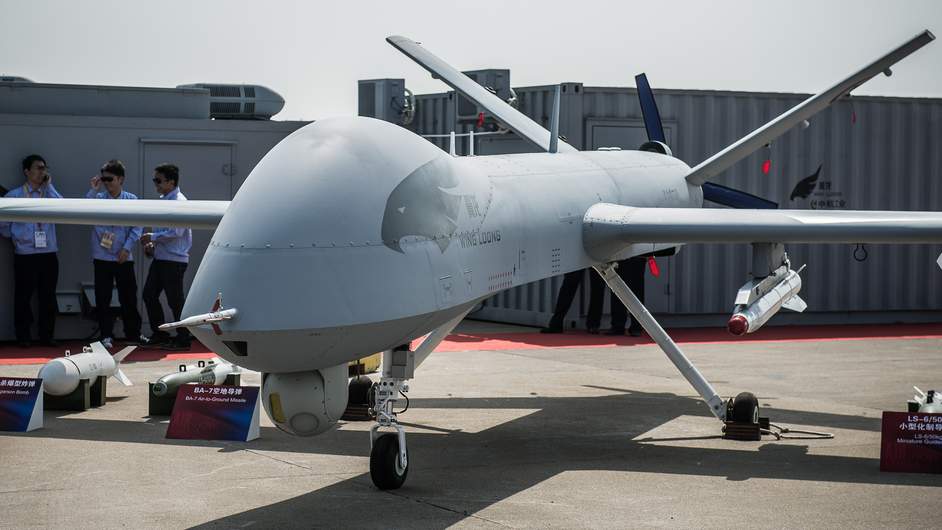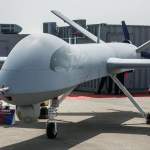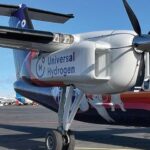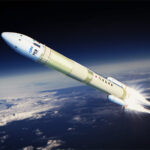China is currently building five models of large-sized unmanned aerial vehicles (UAVs) for various military work and applications, Duowei News, a U.S.-based Chinese news resource, said.
A research conducted by Duowei has revealed that China is developing five UAVs: the “Sharp Sword,” a combat drone; the “Soar Dragon,” a high altitude long endurance (HALE) drone; the “Condor” drone series; the “Sky Wing 3“; and the “Long Eagle” HALE drone.
Duowei said that the Sharp Sword, a variation of the AVIC 601-S series, was being jointly developed by the Aviation Industry Corporation of China, Shenyang Aerospace University and Hongdu Aviation Industry Group. The drone is powered by a Russian RD-93 turbofan engine with a wingspan of 14 meters. The drone had a 20-minute maiden flight in southwestern China in Nov. 2013.
Similar to the U.S. X-47B UAV developed by Northrop Grumman, the Sharp Sword is made from tungsten and other composite materials and has strong stealth and combat capabilities. The research said that the drone can be used for long-range reconnaissance, but can also be deployed for military missions, such as combat, rescue operations and anti-piracy and anti-terrorism missions.
The Soar Dragon HALE UAV, designed by the Chengdu Aircraft Industry Group (CAIG) and constructed by Guizhou Aircraft Industry Corporation, has an unusual joined, tandem wings. Unveiled in June 2011, the drone can be used for surveillance, reconnaissance and intelligence gathering. The drone is currently undergoing radar and other electromagnetic tests in preparation for flight testing.
The Soar Dragon is expected to be used for aerial reconnaissance, since it will be fitted with sensors suitable for designating naval vessels for targeting by anti-ship ballistic missiles and cruise missiles. The drone has a length of 14.3m, a wingspan of 25m, a height of 5.4m, and a takeoff weight of 7,500 kilograms. It is fitted with a Guizhou WP-13 turbojet engine, with a cruise speed of 750 kilometers per hour, a range of 7,000km, and can fly for 10 hours with a service ceiling of 18,000m.
The Condor, also known as the “Shendiao,” is a HALE anti-stealth drone with a higher performance level and better operational capabilities than the U.S.’s RQ-4 Global Hawk UAV. It was reported that the Condor can fly at a height of 25km with a speed of Mach 0.8. It can also carry radar that works at both X and UHF wavebands for accurate fire control information and stealth detection.
The Condor is a dual-hull drone with a length of 25m and wingspan of 50m, which can boost the country’s ability to strike U.S. warships, airfields and other land-based targets with long-range weapons, with stealth capabilities.
The Sky Wing III is part of a series of UAVs developed by CAIG and is regarded as a smaller version of the U.S. General Atomics Avenger drone. CAIG has an upgraded version, with more powerful engines that have an estimated thrust of 1.6 tons to 2.0 tons. It measures 8.9m, a wingspan of 19m and a height of 3.5m. The drone can carry a total load of nine tons of armaments.
Designed by the UAV Design and Research Institute of Beihang University, the Long Eagle HALE drone was started in 2000 and had its maiden flight in 2004. It is said to be similar to the Northrop Grumman RQ-4 Global Hawk with similar surveillance capabilities.
The sixth large-sized drone in development is currently being dubbed the “XX” UAV.














